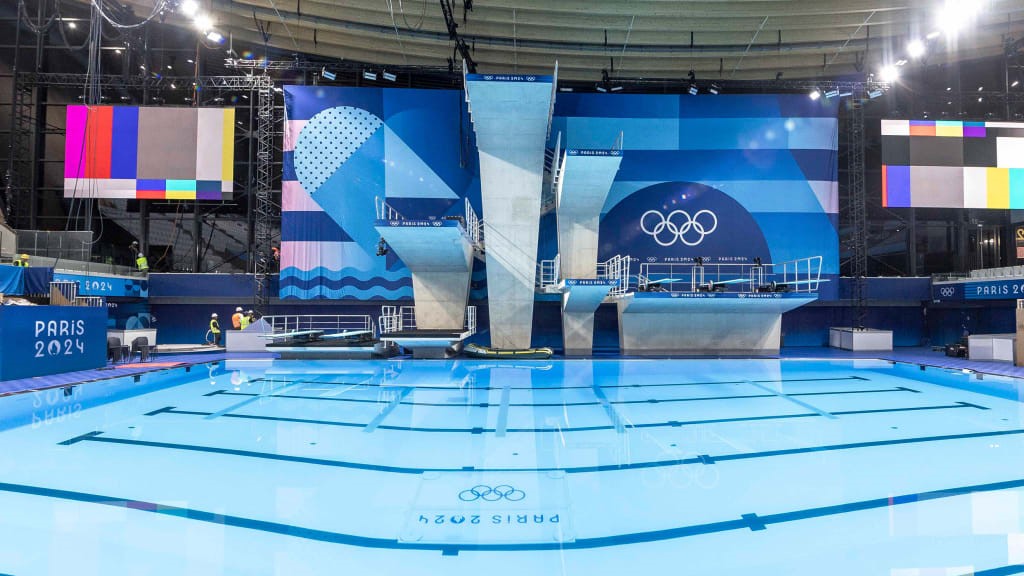The Olympic pool for diving and water polo gets its heat from data centers
The Olympic pool for diving and water polo gets its heat from data centers
At the Paris Olympics, the pool used for artistic swimming, diving, and water polo is warmed by servers at a nearby data center.
As Olympic athletes jumped off diving boards and flipped through their artistic water sports routines in Paris, they were doing so in a pool heated by a nearby data center.
The Aquatics Centre, a 5,000-seat capacity venue built specifically for the 2024 Paris Olympic Games, is the setting for three aquatic Olympic sports: artistic swimming, diving, and water polo. Recovered heat from a nearby data center—operated by digital infrastructure company Equinix—is keeping the temperature of all that water around 80 degrees Fahrenheit.
That data center, dubbed PA10, was built with a few sustainability efforts in mind, including heat-recovery technology and a more-than-4,500-square-foot rooftop garden. The Paris Aquatics Center also was designed to “respect environmental issues,” with its 54,000-square-foot-roof covered with solar panels (which helps meet about 20% of the building’s electricity needs) and thousands of recycled-plastic seats.

Data centers house servers, which, as they process all the internet’s information, produce a lot of heat. The Equinix PA10 data center will produce about 10,000 MWh of heat annually, which the company says is enough to heat about 1,000 homes. But without a way to capture that heat, it would just be released into the atmosphere. In order to warm the Olympic pool (or homes or offices, say), that heat warms up water that gets set into pipes to a heat-exchange plate, which then warms more water in a second set of pipes. A heat pump raises the water temperature even more.
This isn’t the first time waste heat from data centers has been put to use. In Dublin, heat from an Amazon data center warms government buildings and college dorms. In Norway, the town of Lyseparken was designed so that its homes and businesses could be heated by a data center, in an example of an “energy-positive city.”
It’s a solution that could become even more widespread as the world builds more and more data centers. Demand for such facilities is soaring in part due to remote work, high-speed streaming, and the rise of AI use. And because data centers run 24/7, that demand means lots of energy is needed. Using waste heat is just one way to make data centers more efficient, but experts advocate for even more action. Global data-center electricity use is expected to double by 2026, to more than 1,000 TWh (terawatt hours)—roughly equivalent to the electricity consumption of Japan, with a population little more than a third of the U.S.
ABOUT THE AUTHOR
(15)



